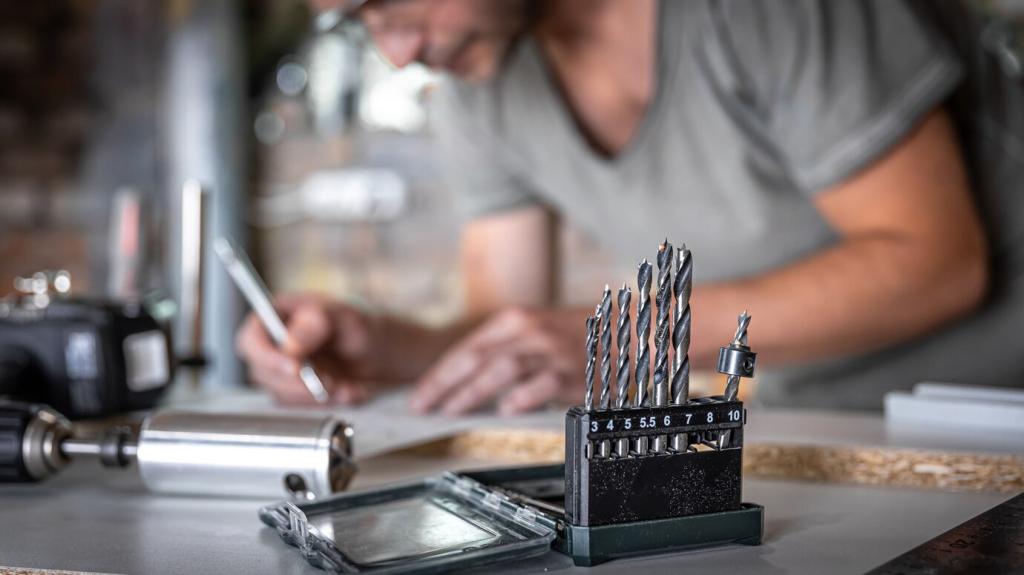
Remote-Controlled Appliances with Raspberry Pi
Remotely managing appliances has become increasingly popular with the rise of smart homes, and the Raspberry Pi stands out as an accessible, versatile tool for achieving this goal. Harnessing Raspberry Pi’s capabilities enables users to create affordable and customizable solutions for controlling everyday electrical devices. From simple lights to complex systems, integrating remote control functionality can significantly enhance convenience, energy efficiency, and even safety in both home and workplace environments. Discover how Raspberry Pi transforms standard appliances into intelligent, connected devices, making technology approachable for enthusiasts and professionals alike.
Harnessing the Power of Raspberry Pi for Appliance Control
Versatile Connectivity Options
Raspberry Pi owes much of its appeal to the broad range of connectivity options it offers for remote control applications. Wi-Fi and Bluetooth are built-in on most Pi models, enabling wireless communication with routers, smartphones, and other electronic devices. Through these connections, users can interact with appliances from virtually anywhere, whether at home or miles away. Wired interfaces like GPIO pins, USB ports, and Ethernet add even more flexibility, making it easy to add custom modules, sensors, and relays. This versatility ensures that your appliance control setup can evolve with your needs and supports integration with both legacy systems and the latest smart technologies.

At the heart of any Raspberry Pi remote-control project lies a handful of crucial hardware components. The most obvious is, of course, the Raspberry Pi itself—any recent model will suffice for most tasks, offering built-in Wi-Fi and Bluetooth for wireless applications. In addition, relays are indispensable for safely switching high-voltage appliances, bridging the low-power Pi outputs to heavy-duty devices. Power supplies must be chosen carefully to ensure stable and safe operation, and, depending on the configuration, supplemental hardware like relay hats, sensor modules, and protective enclosures can improve both performance and safety. Selecting reliable components ensures longevity and minimizes maintenance headaches down the line.
Building the Foundation: Key Components and Setup
Exploring Practical Applications
Homeowners can dramatically improve their environment by remotely controlling appliances such as lights, fans, or coffee makers. With schedules, timers, or even sensor-based triggers, these systems transform daily routines, adding comfort, convenience, and even fun to the living space. Imagine effortlessly turning off all the downstairs lights from bed or heating your home before leaving work. Raspberry Pi makes these scenarios possible, letting users rapidly prototype solutions customized for their exact preferences, all accessible from a smartphone or laptop.

